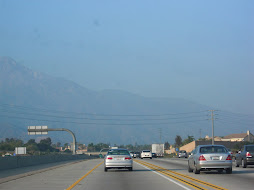Closed sets under addition.
BASIC SETS WHICH ARE CLOSED UNDER ADDITION:
if a and b are two elements in G then a+b is in G.
Natural Numbers: Are closed under addition.
a. The natural numbers: {1,2,3,....}. Adding two natural numbers, you get another natural number.
If a and b are in N then a+b is also in N.
Example: 1 and 2 are in N and 1+2 = 3 is in N. Closed under addition.
Whole Numbers: are closed under addition.
b. The whole numbers: {0,1,2,3,.....} Adding two whole numbers, you get another whole number.
If a and b are in W, then a+b is in W.
Example: 0 and 1 are in W and 0+1 = 1 is in W. Closed under addition.
Integers: Are closed under addition.
c. The integers: {...-3,-2,-3,0,1,2,3,...}. Adding two integers, you get another integer.
if a and b are in Z then a+b is also in Z.
Example: -2 and 8 are in Z and -2+ 8 = 6 is in Z. Closed under addition.
Rational Numbers: Are closed under addition.
Adding two rational numbers, you get another rational number.
If a and b, b,c, d ≠ 0, are elements in Q, than a/b +c/d are also in Q.
Example -1/2 + 1 = 1/2 is in Q. Closed under addition.
Irrational Numbers: Aren't closed under addition.
Adding two irrational numbers, you don't necessarily get an irrational number.
If a and b are in I then a+b is in I, is not satisfied.
Example: √2 + -√2 = 0 but zero is not an irrational number. Not closed under addition.
Real Numbers: Are closed under addition.
Adding two real numbers, you get another real number.
If a and b are in R then a+b is in R.
Example: √2 + 0 = √2 is in R. Closed under addition.
Complex Numbers: Are closed under addition.
(a + bi) + (c + di) = (a+c) + (b+d)i
Example: (3 + 3i) + (2 + 5i) = (3+2) + (3+5)i = 5+8i.
SETS WHICH ARE CLOSED UNDER MULTIPLICATION:
if a and b are two elements in G then a•b is in G.
a
b
c
SETS WHICH ARE CLOSED UNDER SUBTRACTION:
if a and b are two elements in G then a•b is in G.
a
b
b
SETS WHICH ARE CLOSED UNDER DIVISION:
if a and b are two elements in G then a•b is in G.
a
b
b

